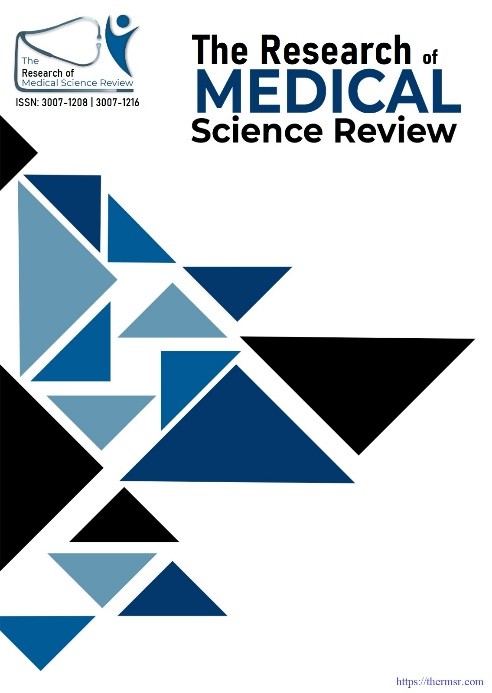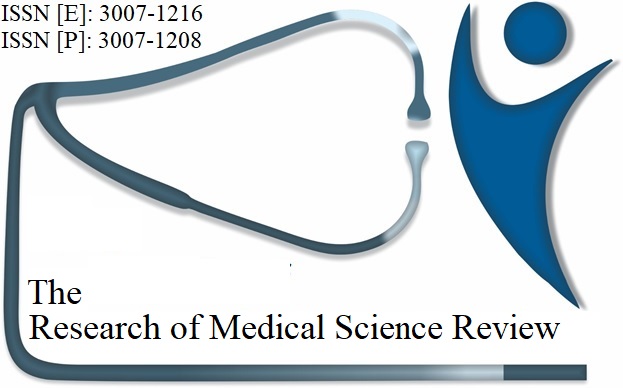THE EFFECT OF INTERMITTENT FASTING ON LIVER ENZYMES AND METABOLIC PROFILE IN OVERWEIGHT PATIENTS: A HOSPITAL-BASED INTERVENTIONAL STUDY
Keywords:
EFFECT OF INTERMITTENT FASTING, LIVER ENZYMES, OVERWEIGHT PATIENTS, HOSPITAL-BASED INTERVENTIONAL STUDYAbstract
Background: Intermittent fasting (IF) has gained popularity as a dietary intervention with potential metabolic and hepatoprotective benefits. Emerging evidence suggests that IF may positively influence liver enzyme profiles, reflecting improved hepatic function and reduced metabolic stress. This study aimed to assess the impact of intermittent fasting on liver enzyme levels, including alanine aminotransferase (ALT), aspartate aminotransferase (AST), alkaline phosphatase (ALP), and gamma-glutamyl transferase (GGT), in individuals following an IF regimen.
Methods: A prospective cohort study was conducted at LUMHS, Jamshoro, involving 200 individuals who adhered to a 16:8 intermittent fasting regimen for 12 weeks. Serum liver enzymes (ALT, AST, ALP, and GGT) were measured before and after the fasting intervention. Changes in enzyme levels were analyzed using paired t-tests and correlation analysis to evaluate the effect of IF on hepatic function.
Results: Post-intervention analysis revealed a significant reduction in liver enzyme levels following intermittent fasting. Mean ALT levels decreased from 45 ± 10 U/L to 40 ± 9 U/L (p < 0.001), while AST levels showed a reduction from 40 ± 9 U/L to 36 ± 8 U/L (p < 0.001). Similarly, ALP levels declined from 85 ± 15 U/L to 79 ± 14 U/L (p < 0.01), and GGT levels dropped from 50 ± 12 U/L to 43 ± 11 U/L (p < 0.001). The reduction in liver enzymes correlated positively with weight loss and improved metabolic markers, suggesting enhanced hepatic efficiency and reduced hepatic fat accumulation.
Conclusion: Intermittent fasting demonstrated a beneficial effect on liver enzyme profiles, indicating improved hepatic function and potential hepatoprotective effects. These findings support the role of IF as a non-pharmacological intervention for metabolic health and liver function optimization. Further studies with larger cohorts and long-term follow-up are warranted to establish its clinical significance in liver disease management.
Downloads
Downloads
Published
Issue
Section
License

This work is licensed under a Creative Commons Attribution-NonCommercial-NoDerivatives 4.0 International License.














